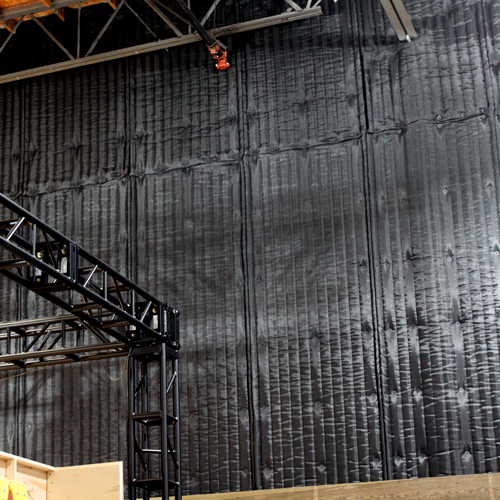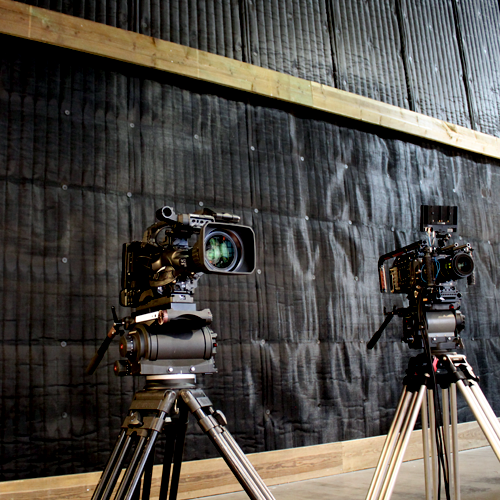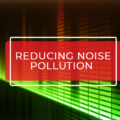Acoustic insulation is the set of materials, treatments, and methods developed to isolate or attenuate the sound level in a space, which may help prevent the sound from entering or leaving the space. If you want to achieve good acoustic insulation, you should use both insulating and absorbing materials.
In physical terms, the acoustic insulation will dissipate the energy from sound waves when sound is transmitted from an emitting room to a receiving space. Quilted Studio Blanket’s modify and capture sound waves’ energy within the space to achieve a specific sound level and reverberation time within the space.
Acoustic absorption of sound in closed rooms is directly affected by the surfaces of the walls/floors/ceilings. In effect, when sound waves hit the walls, part of the sound energy is lost due to absorption and refraction, with the balance of sound energy reflecting back into the room. Acoustic Wall / Ceiling treatment materials in most Studio spaces try to achieve a Reverberation Time (RT) of 0.50. More reflective wall treatments increase the RT of the sound waves. An RT of 0.50 indicates it takes about ½ second for generated sound energy to drop approximately 60 decibels.
However, acoustic conditioning aims to ensure that sound from a source is radiated equally in all directions, achieving an ideal diffuse sound field. This effect is achieved with sound performances in concert halls, studios, auditoriums, theaters, conference halls, public buildings, meeting rooms, and offices where excellent sound absorption is required. For this reason, material such as sound-absorbing blankets (Quilted Studio Blankets) is used specifically for sound conditioning these spaces.
What Acoustic Conditioning Materials Works Best?
We have often received the question of what type of acoustic conditioning materials work best. The truth is that it is a somewhat complicated issue because the answer is a bit variable, depending on the sound needs of each space. It basically comes down to “how much sound and frequency of sound needs to be absorbed or treated.”
If you are looking for professional recording quality, then you will need to have the right acoustic treatment in the room or space where you are recording. This can be achieved by using the correct acoustic conditioning materials.
Each recording has its own need. For example, if you record a voice, you are looking to record in a place that sounds dry without a natural reverberation that could negatively affect your mix. This will let you to process the voice to your liking and modify the reverb with a wide range of possibilities.
On the other hand, if you have to record an acoustic guitar or electric guitar amp, you will most likely want that natural reverb or that quarter sound because otherwise, they would sound dead or dry, taking the life out of the song.
This is why having controlled acoustics can be crucial for a successful recording. What types of acoustic conditioning materials work best to condition a room? The answer will depend on what your needs are.
According to its purpose, the Quilted Studio Blanket is an excellent solution for absorbing sound reflection and reverberant noise in a Studio, building, or open room. Our blanket features more than 90% sound absorption, an R-Value = 9 with 50% recyclable content, and certified VOC compliance in California. The last feature to mention is that the Blankets reflect 97% of radiant heat, which is excellent in keeping space cooler during the warmer seasons.
The Studio Blanket’s foil backing is excellent for installations where a semi-rigid surface is required. When the Quilted Studio Blanket is used as a ceiling baffle, it is an efficient and economical way to mitigate sound and echo problems in large spaces.
The Quilted Sound Blocker Blankets have both an NRC 90% (absorption), and STC 16 (blocking) rating as the blankets provide both blocking and sound absorbing qualities.
If you need more information about our products or help with your projects call us, email us or visit our website.




